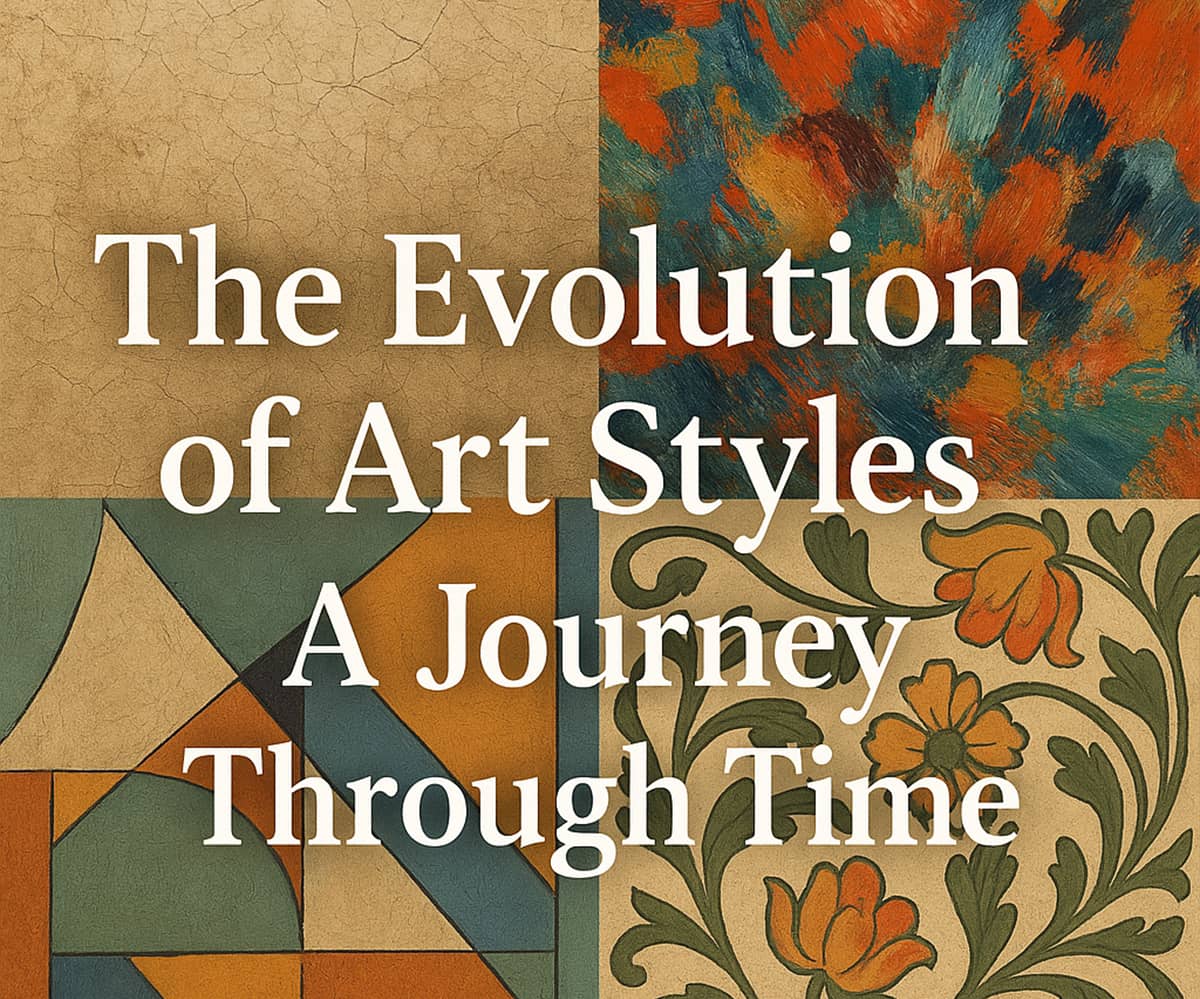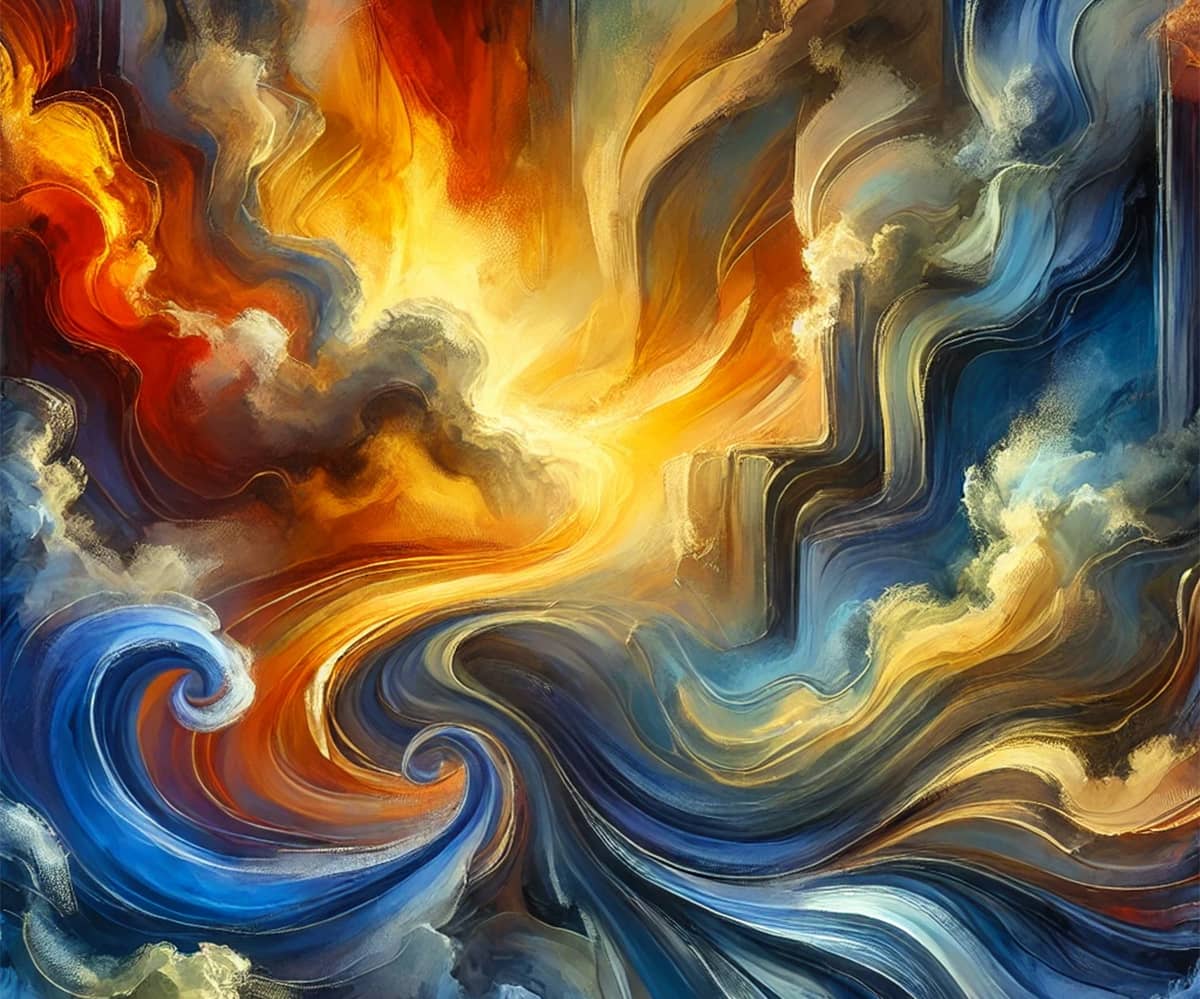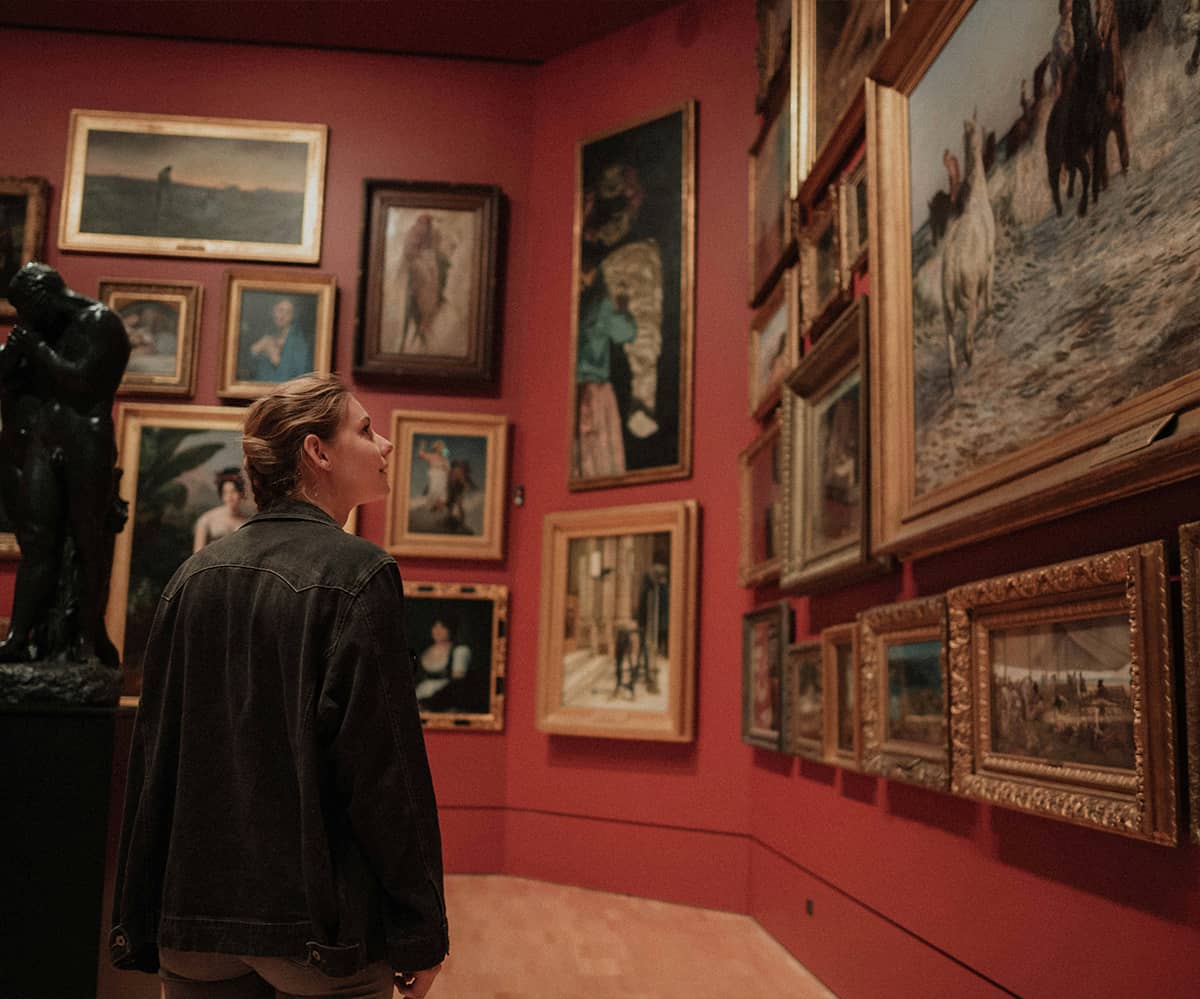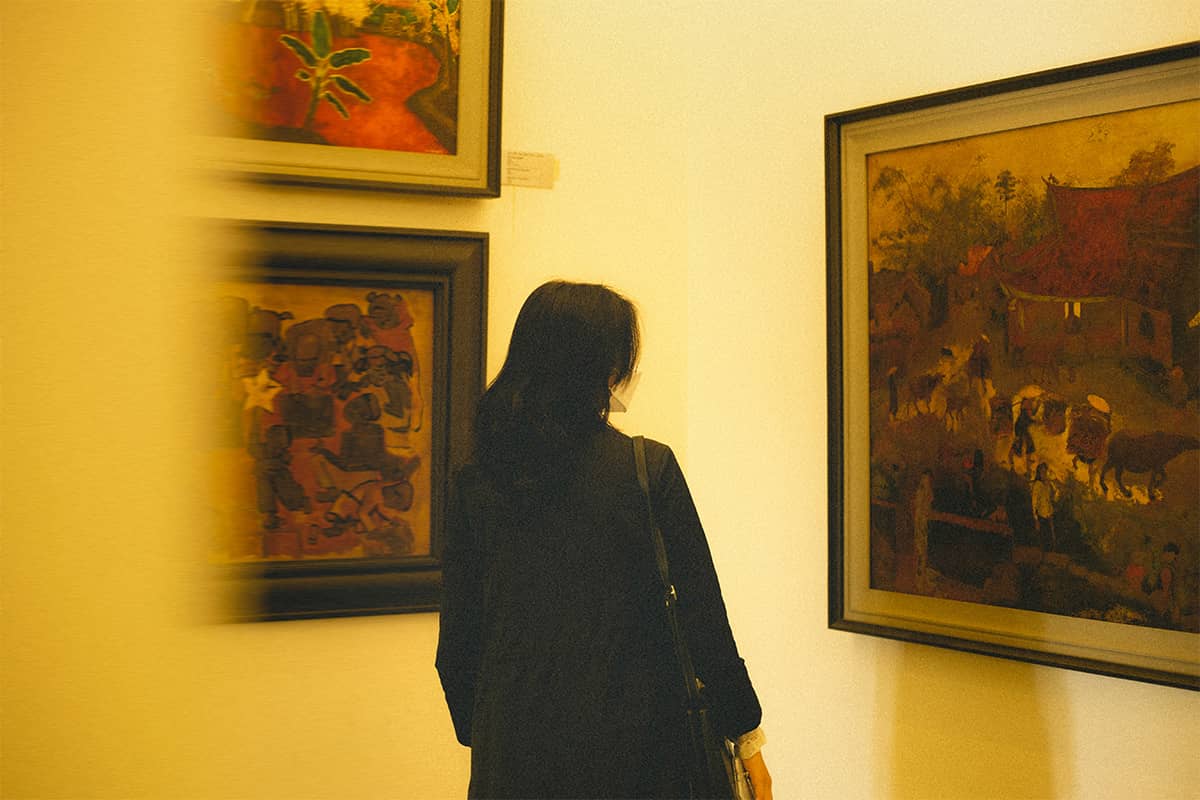Sculptures as Art: A Timeless Expression of Human Creativity
Sculptures have held a special place in the realm of art for centuries. From the ancient sculptures of Greece and Egypt to modern works of art, these three-dimensional forms continue to captivate and inspire people around the world. But what makes sculptures art? Why are they considered masterpieces, and what sets them apart from other forms of creative expression? In this article, we delve into the reasons why sculptures are considered art.
Sculptures Evoke Emotion
One of the most compelling aspects of sculptures is their ability to evoke deep emotions. Whether it’s the serene beauty of Michelangelo’s David or the profound sorrow depicted in Auguste Rodin’s The Thinker, sculptures have a unique power to move us. The use of form, texture, and space allows sculptors to communicate complex emotions and tell stories through their works.
Mastery of Technique
Creating sculptures requires a high level of technical skill and mastery. Sculptors must be adept at working with various materials, such as marble, bronze, clay, or wood. The process demands an in-depth understanding of the chosen medium, including its physical properties, limitations, and the tools required for sculpting. Mastery of these techniques sets sculptures apart as fine art, as it showcases the artist’s ability to manipulate and transform raw materials into a meaningful, visual composition.
Expressing Ideas and Concepts
Sculptures often serve as a medium for artists to express their ideas, beliefs, and concepts. Through their creations, sculptors can tackle complex subjects and provoke thought and discussion. Whether conveying a political message or exploring themes of identity, sculptures can be powerful vehicles for conveying messages and sparking intellectual discourse.
Timelessness and Tradition
Sculptures have a rich tradition that extends back millennia. Ancient civilizations, such as the Egyptians and Greeks, created sculptures that are still admired today. This connection to history and tradition adds to the reverence associated with sculptures. Their enduring presence and ability to bridge cultures and generations contribute to their status as art.
Creativity and Imagination
Sculptures are an expression of human creativity and imagination. Artists push the boundaries of what is possible, using their creativity to transcend the limitations of their materials. These imaginative creations often challenge our perceptions of reality and inspire us to see the world in new and unique ways.
The Intersection of Form and Space
Sculptures are inherently linked to the relationship between form and space. Unlike two-dimensional art forms, sculptures exist in the three-dimensional realm, and their interaction with space is an essential aspect of their artistic appeal. Sculptors must consider not only the object they create but also the negative space that surrounds it, adding depth and dimension to their work.
In Conclusion
Sculptures have earned their place as one of the most revered and celebrated forms of art due to their emotional impact, technical mastery, ability to convey ideas, deep-rooted tradition, imaginative qualities, and unique relationship with form and space. These qualities, combined with their enduring presence, make sculptures more than mere objects; they are timeless expressions of human creativity and a testament to the power of art to inspire, challenge, and move us. Whether a small clay figurine or a towering bronze monument, sculptures continue to captivate and remind us of the enduring significance of artistic expression in our world.




